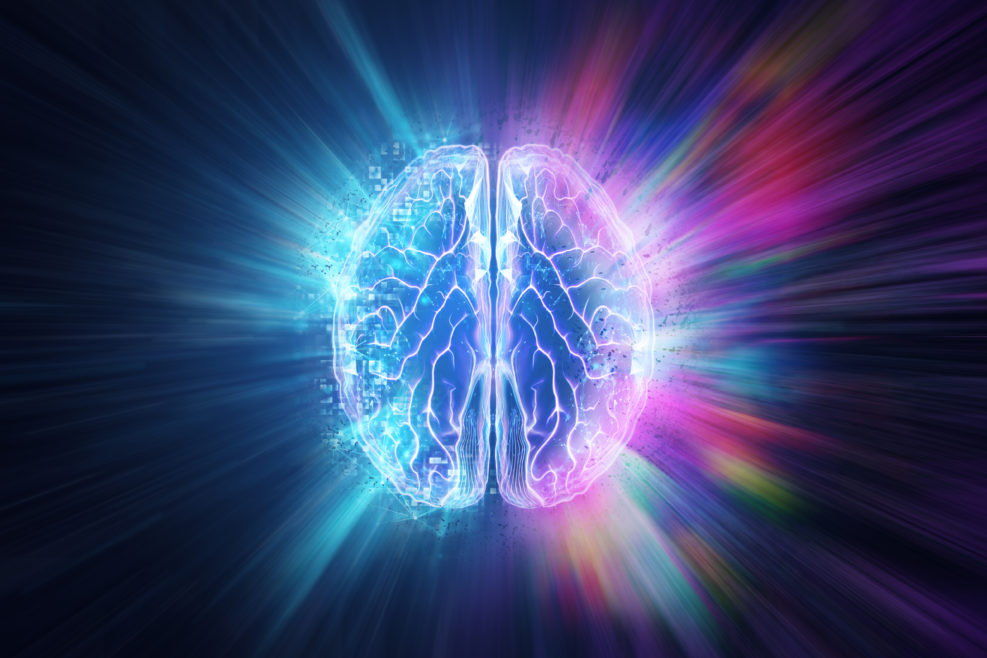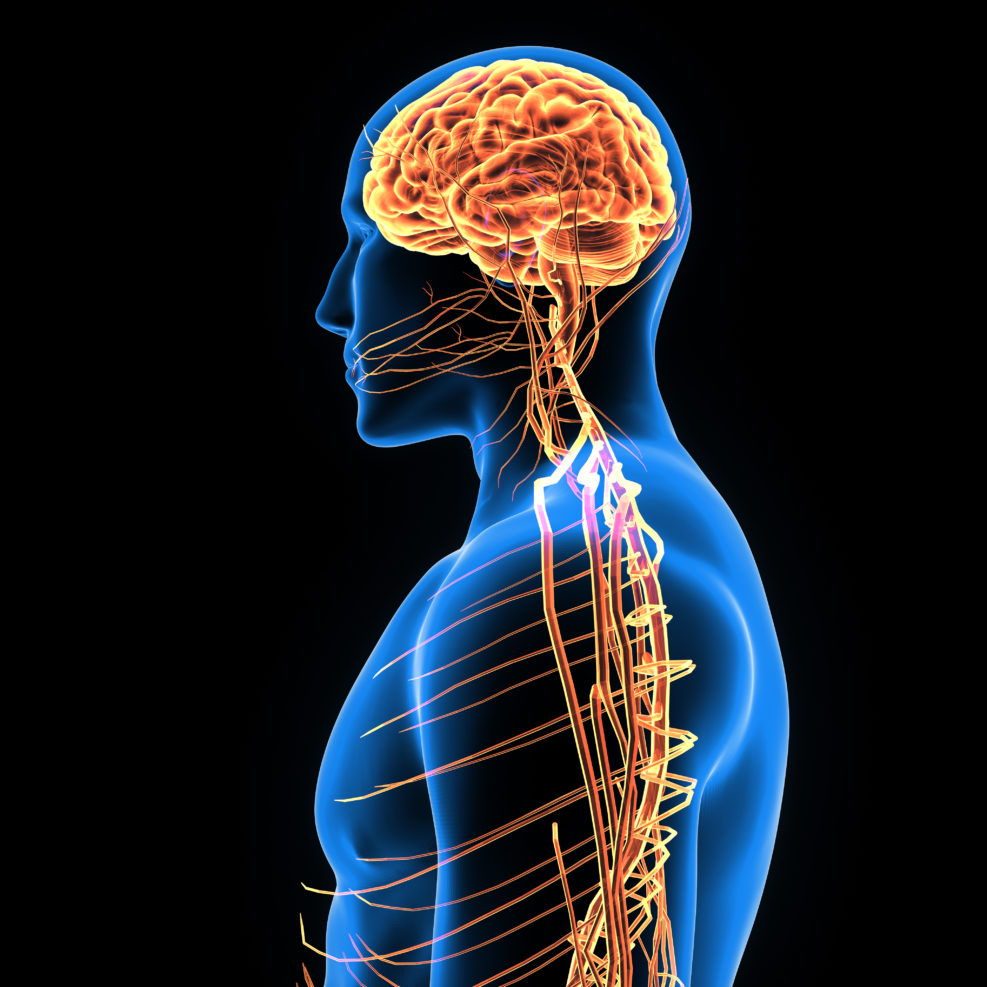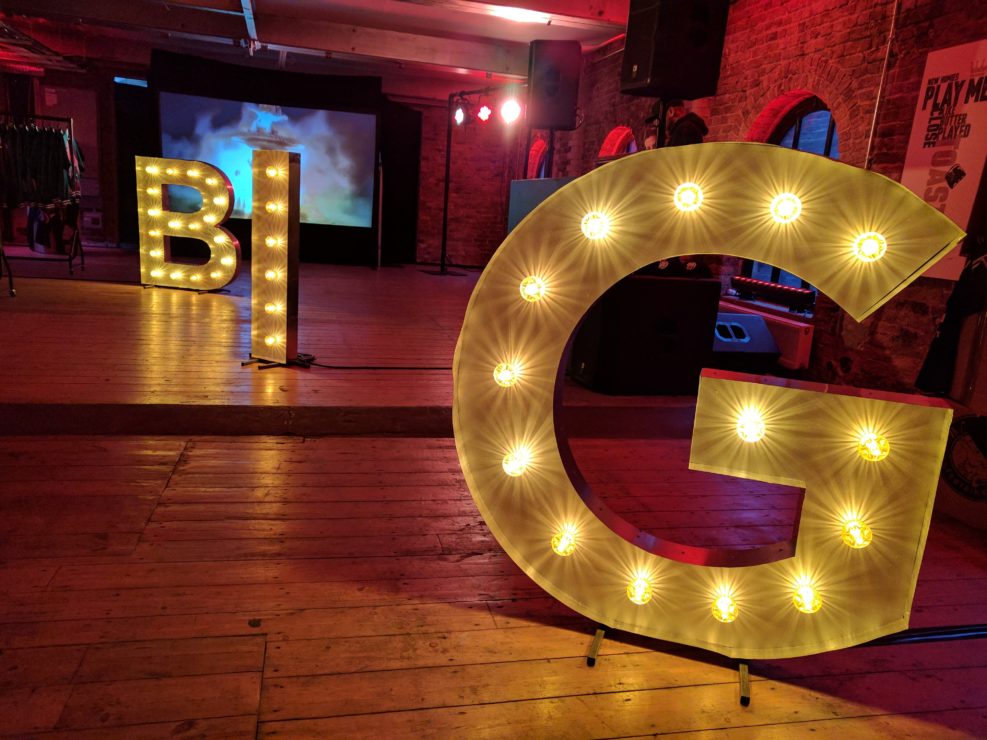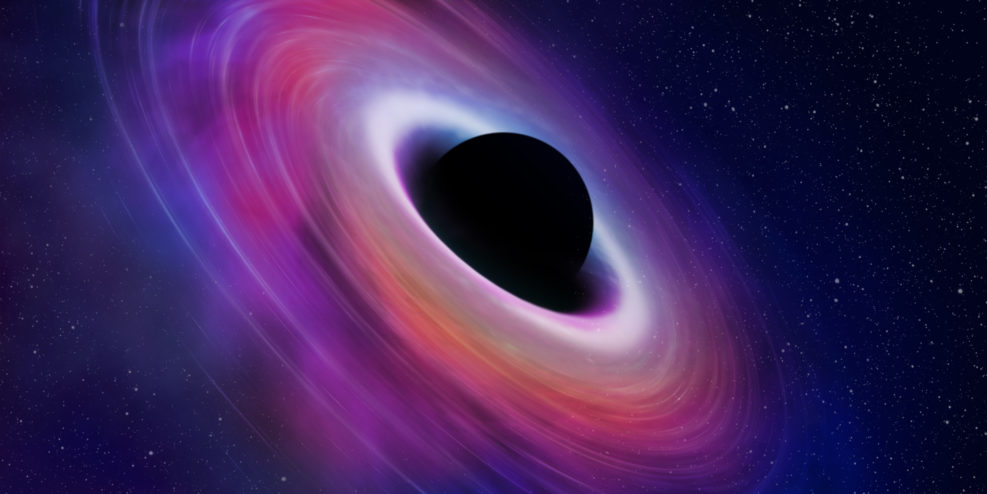
Einstein Believed in Spinoza’s God. Who Is That God?
Neuropsychologist Mark Solms admits that life is “miraculous” and sees Spinoza’s God, embedded in nature, as the ultimate explanationIn the most recent portion of the discussion between South African neuropsychologist Mark Solms and Stony Brook neurosurgeon Michael Egnor at Theology Unleashed (October 22, 2021), talk turned to defining consciousness. Which led in turn to the remarkable (in Solms’s view, “miraculous”) difference between life and non-life — which is not merely a matter of religious opinion. If an accounting is required, it turns out that even Einstein believed in some sort of God and Solms follows his thinking, as we see below. Egnor offers a different view. Summary to date: In the first portion, Solms, author of The Hidden Spring (2021), began by asserting in his opening statement that “the source of consciousness in the brain is in fact Read More ›


















